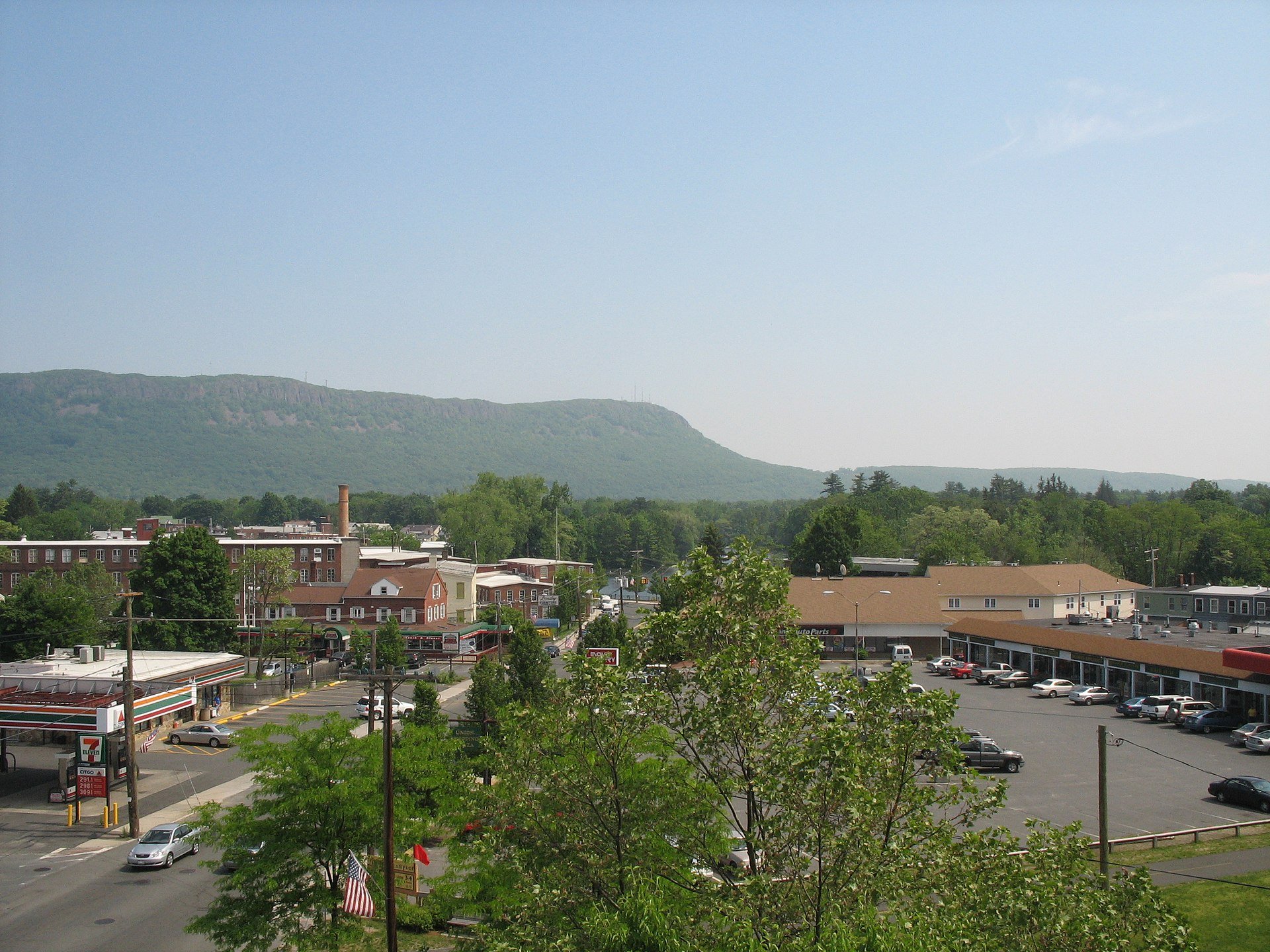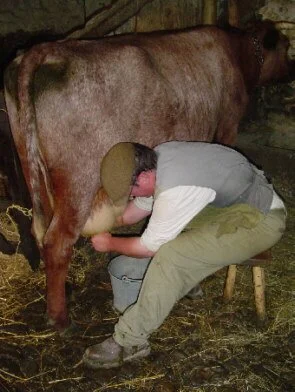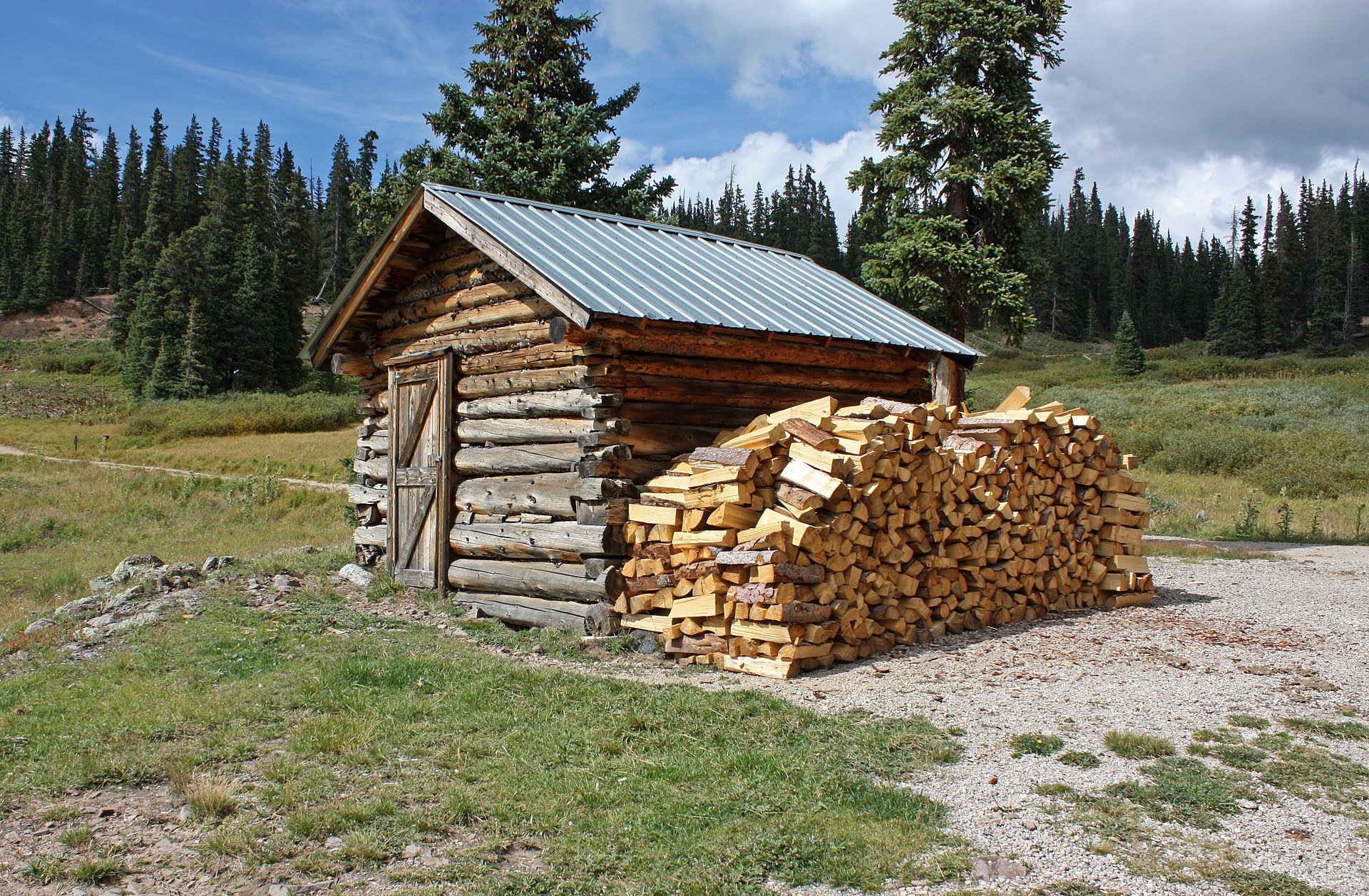
Take that!
“Hamada” (oil on canvas), by L.G. Talbot, in the show “LG Talbot: New Generation Abstraction,’’ at the University of Massachusetts Fine Arts Center, Amherst, Mass.
The exhibit features abstract work that takes on American abstract painting through large and bold paintings that "convey a distillation of lived experience,’’ says the artist whose home is in the western Massachusetts hill town of Conway and whose studio is in Easthampton, Mass.
Talbot’s artist statement says:
“In the new paintings, I work with palette knives to quickly establish images on the canvas. I keep 4-5 large canvases open – working them simultaneously – impatient for the oil to dry. Images organically surface on the picture plane. I layer more paint and create more texture. My colors have also changed. The primary colors of previous work have been usurped by a more nuanced palette replete with earthy tones. I mix the pigment, thin it out with turpentine, and build the painting in layers. This is my evolution: Borders gone, Colors blended. The pandemic is a reminder of the privilege of being alive – my every day in the studio is charged and intoxicating.’’
Historic Bardwell's Ferry Bridge, in Conway.
— Photo by Doug Kerr
View of Mt. Tom from the center of Easthampton
'Shortcuts when they pay'
—Photo by Malene Thyssen
“{Lee Totman} is more than just a good farmer….He doesn’t waste moves. He is always set up for the job he needs to do. He plans only as much as his equipment and help permit. He takes shortcuts where they pay and lavishes attention where that pays better. His manure truck is an old unregistered jalopy; his equipment shed is made of old telephone poles and sheer tin.’’
-- Mark Kramer, in Three Farms (1980). Mr. Totman was a dairy farmer in Conway, Mass.
— Photo by DrunkDriver
Shrivel season
American elm tree known as "Ed Cotton's elm," at the corner of Old South Street and Conz Street in Northampton, Mass. This tree dates back to the late 1800s.
— Photo by Msact
“The elm leaves shrivel on the twig
and the sun beats through and our time is big….
—From “The Long Hot Summer,’’ by Archibald MacLeish (1892-1982) poet, playwright, lawyer and government official. He spent his final decades in Conway, Mass.
Laugh from the past
”They have only to look at each other to laugh —
no one knows why, not even they:
something back in the lives they've lived ….’’
— From “The Old Gray Couple,’’ by Archibald MacLeish (1892-1982), poet, playwright, political speechwriter, lawyer and diplomat. He spent much of his life at the old farm he and his wife bought in Conway, Mass., in 1929. Conway is one of western Massachusetts’s “Hill Towns.’’
The Field Memorial Library in Conway. Mr. MacLeish was a big supporter of this institution, which is pretty impressive for a town of fewer than 1,900 residents.
What a town is
The town hall in tiny Conway, Mass., a “Hill Town’’ that was home base for Archibald MacLeish for much of his adult life
“A town is not land, nor even landscape. A town is people living on the land. And whether it will survive or perish depends not on the land but on the people; it depends on what the people think they are….If they think of themselves as living a good and useful and satisfying life, if they put their lives first and the real estate business after, then there is nothing inevitable about the spreading ruin of the countryside.’’
— Archibald MacLeish (1892-1982), in “A Lay Sermon on {western Massachusetts) Hill Towns’’. MacLeish was a playwright, poet, government official and lawyer.
A little jewel of a library in tiny Conway
— Photo by Friedrich St. Florian
Many small New England towns have some impressive public and private buildings. Consider this one — the Field Memorial Library, in Conway, Mass. (population about 1,900). The building , finished in 1901, was financed by the great Chicago retailer Marshall Field and named in memory of his parents, John and Fedelia Nash Field. Marshall Field was born on his parents’ Conway farm in 1834. He rose to become one of America’s richest men.
Shepley, Rutan and Coolidge of Boston were the architects of this jewel of a public library, working with Norcross Builders ,of Worcester, builders of the New York Public Library.
Bardwell's Ferry Bridge, built in 1882, is an historic lenticular truss bridge over the Deerfield River between Conway and Shelburne. It’s listed on the National Register of Historic Places.
Conway is still something of a farming community (now with lots of “organic’’ crops). But this “Massachusetts Hilltown” has also lured some celebrities, most notably Archibald MacLeish (1892-1982), a Modernist poet as well as a playwright, essayist and critic, and speechwriter for President Franklin Roosevelt. Besides the area’s rugged beauty, its proximity to the colleges in the Connecticut Valley just to the east has been a lure for writers, as has the Field Memorial Library.
— Robert Whitcomb













